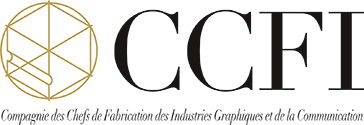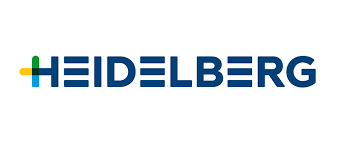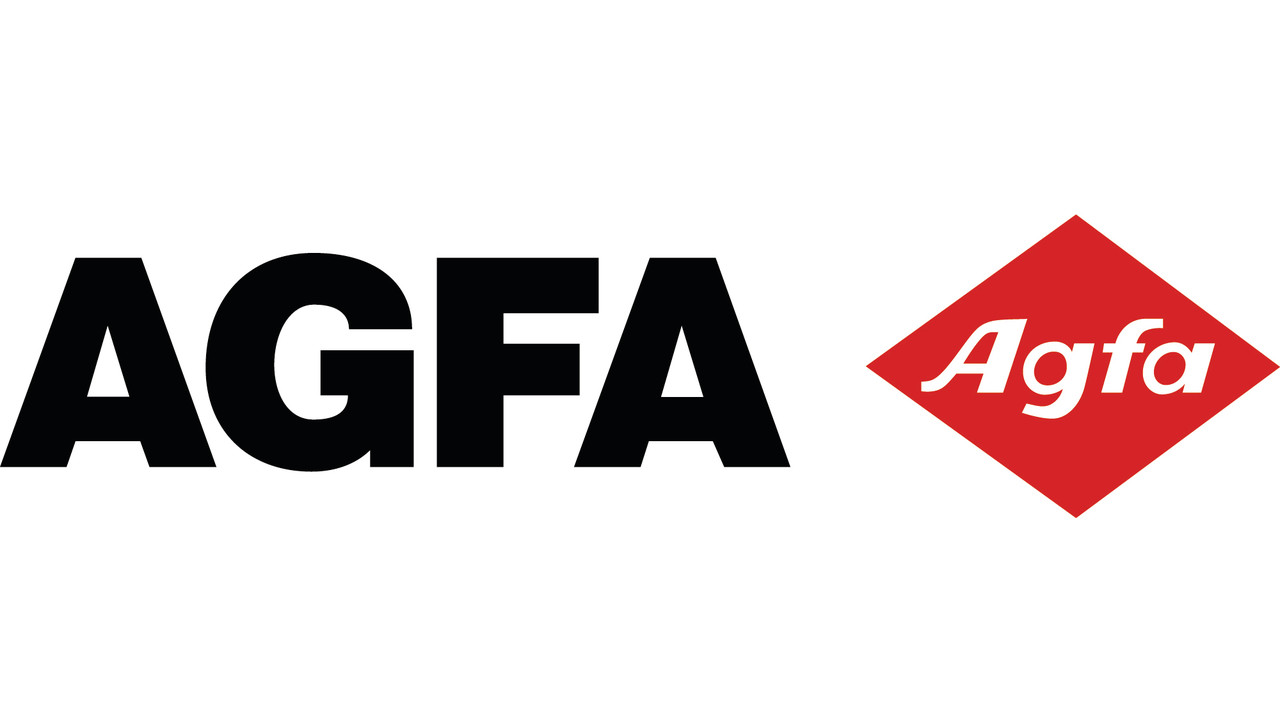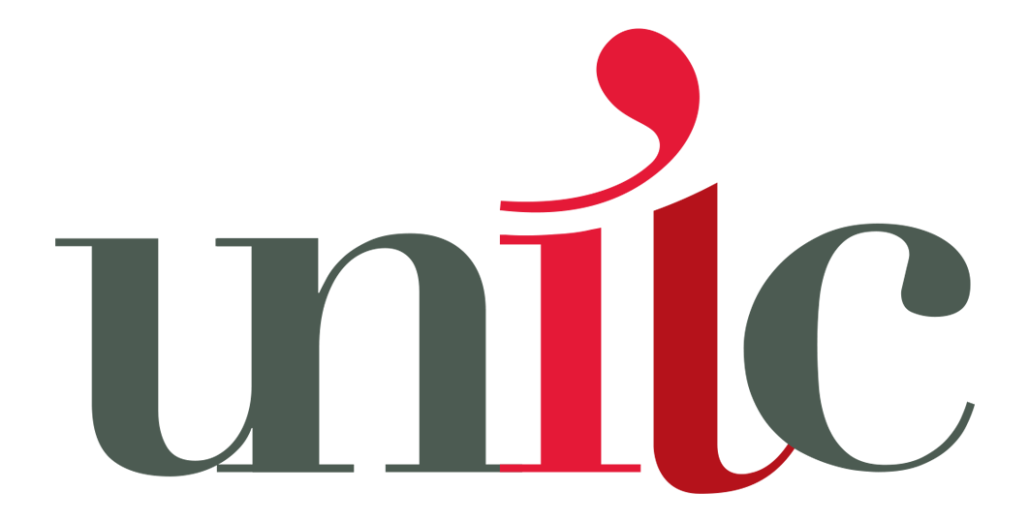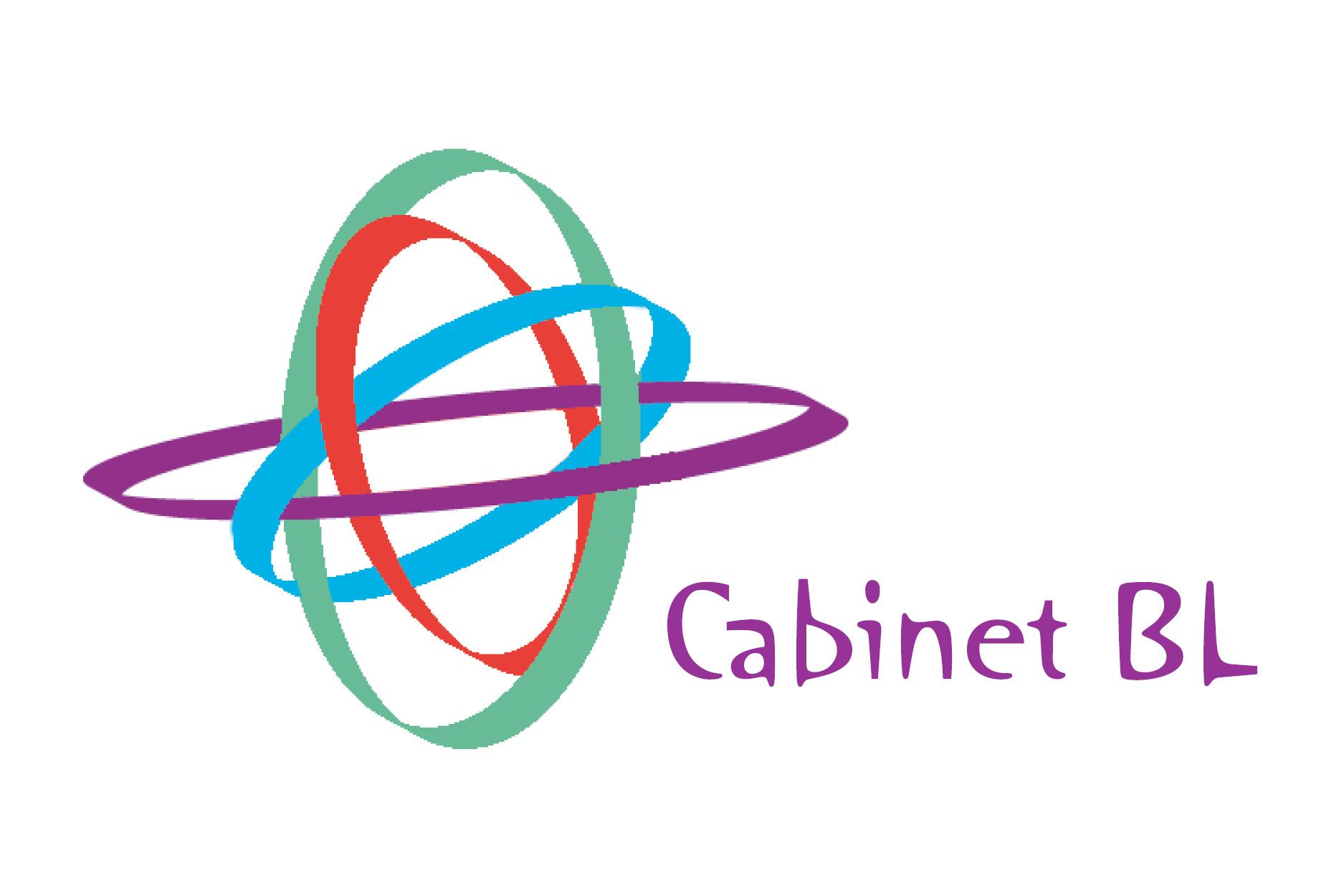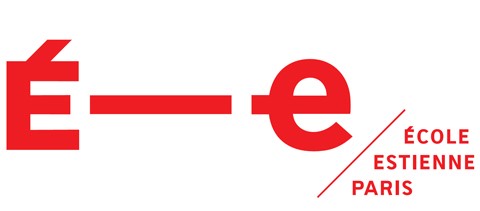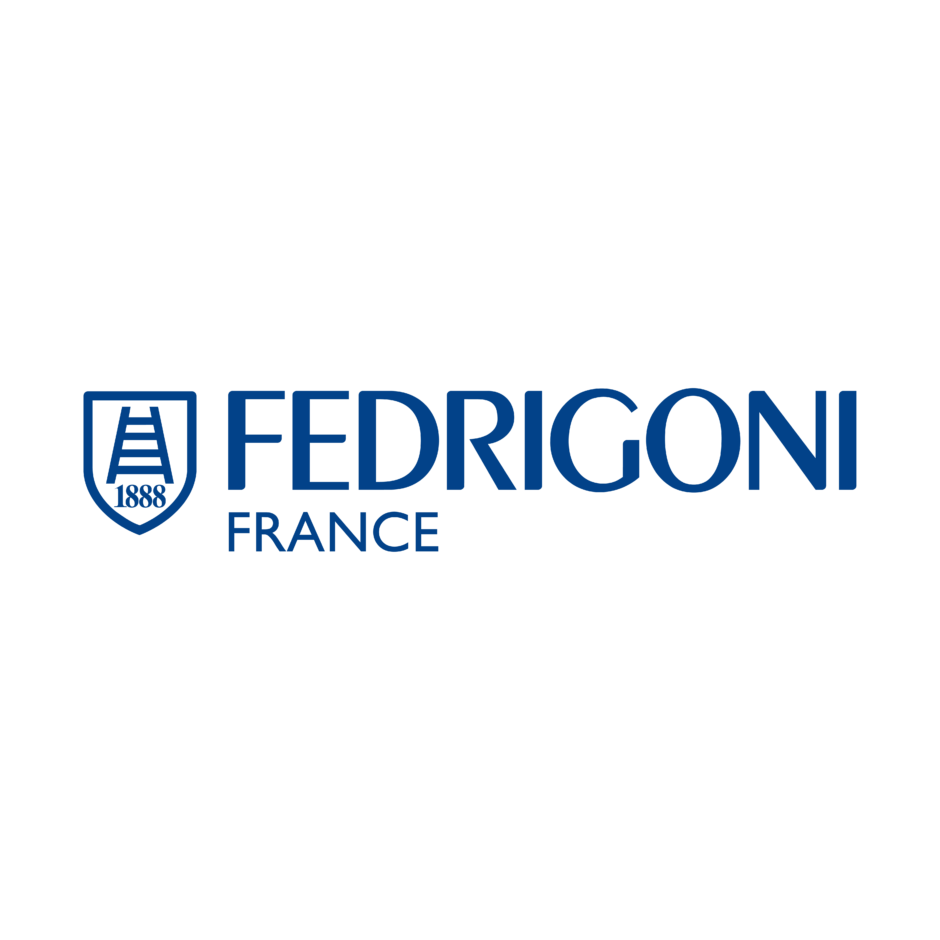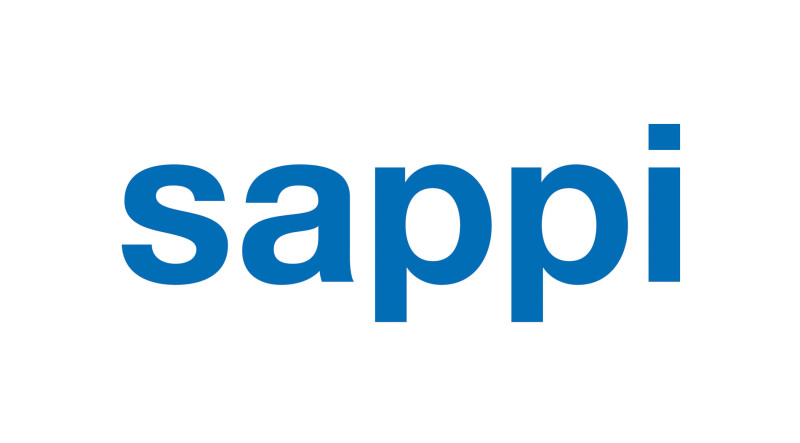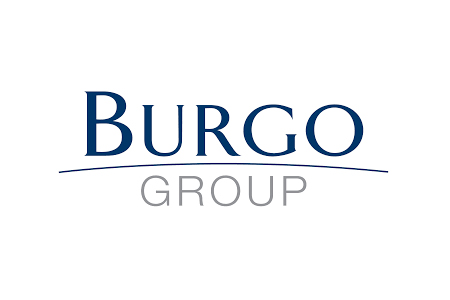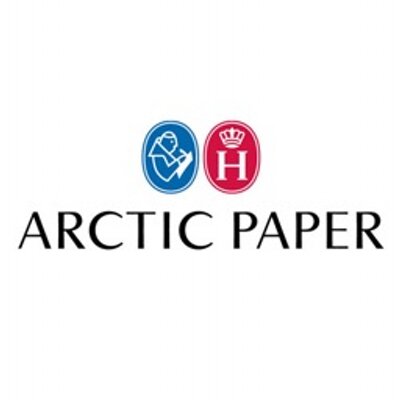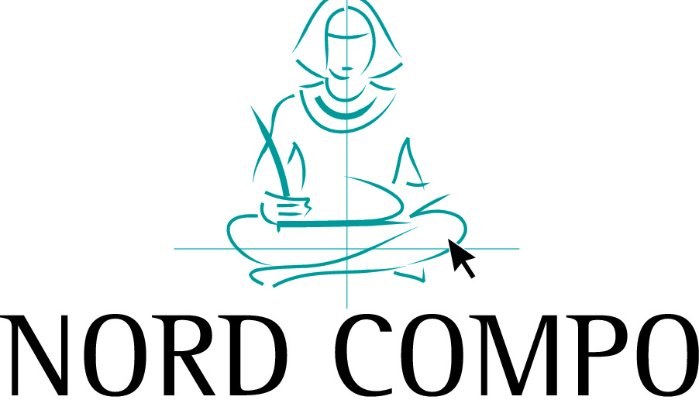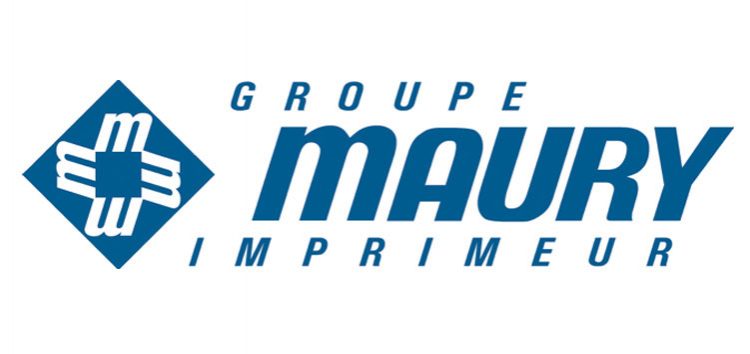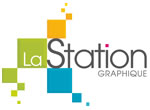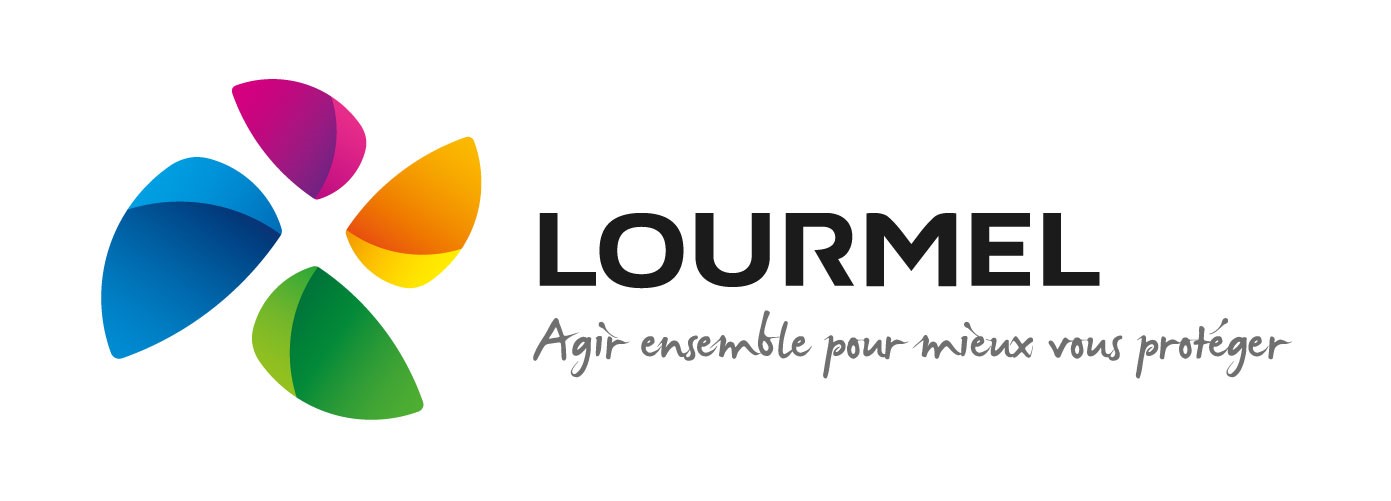Les emballages en papier et en carton, censés remplacer le plastique d’ici 18 mois, contiendraient, selon une étude menée par le Bureau européen des Consommateurs (BEUC), des substances chimiques nocives pour la santé.
Les emballages carton et papier seraient nocifs pour la santé. A l’heure où le gouvernement déclare vouloir faire la guerre au plastique, le Bureau européen des Consommateurs (BEUC) publie une étude – relayée ce vendredi 26 juillet par Franceinfo – qui révèle que les emballages carton et papier contiennent des substances chimiques pouvant altérer la santé.
L’étude a été réalisée sur 76 échantillons d’emballages papier et/ou carton imprimés ou colorés. Parmi les emballages testés, on trouve des gobelets, des pailles, des serviettes de table, des paquets de céréales, de riz ou de pâtes…
Le résultat est clair : ces emballages contiennent des filtres UV et des amines aromatiques.
Les conséquences sur l’organisme
Quels sont les risques pour les consommateurs français ? Concrètement, les amines aromatiques et les filtres UV contenus dans ces emballages seraient, selon l’étude de la BEUC, transférés dans les aliments et donc directement dans les organismes. Tandis que les amines aromatiques sont susceptibles d’être à l’origine de cancers des poumons ou des voies urinaires, les filtres UV feraient, eux, partie de la « fameuse » catégorie des perturbateurs endocriniens.
Le consommateur français dans l’impasse
Quelle solution pour les Français ? L’emballage plastique, en plus d’être l’ennemi numéro un de la planète, contient, lui aussi, des additifs qui se retrouvent dans nos aliments et nuisent à notre santé.
N’existera-t-il donc jamais un emballage respectueux de l’environnement et de la santé ?
La solution serait de privilégier les emballages cartons et papier non colorés/imprimés. Or, aujourd’hui, ces emballages « vierges » ne sont que trop rares dans les grandes surfaces…
The EU needs rules on chemicals in coffee cups, straws and other paper food packaging, consumer test shows
PRESS RELEASE – 25.07.2019
A new lab test shows that food packaging made of coloured paper and cardboard – such as coffee cups and straws – may contain and release chemicals originating from the inks used for printing. Paper is the second most used food packaging material after plastic. Unlike plastics, however, there are no EU rules governing paper’s use as a food contact material.
The results show the need for EU-wide laws regulating the use and safety of all paper and board food packaging. With single-use plastics set to be banned in the EU as of 2021, the test raised safety concerns over some alternatives like paper straws.
Four BEUC members, national consumer groups,1 analysed 76 samples of printed paper or board food packaging, such as coffee cups, paper straws, printed napkins and grocery products. The test showed that:
- More than one in six samples contained primary aromatic amines, some of which are suspected to cause cancer. Nine samples contained these chemicals above the limit set in the EU Plastic Regulation.
- Almost all 76 samples contained UV filters. Some UV filters are suspected to cause cancer or disrupt the hormone system. Further analysis of 21 samples showed that UV filters migrate into food above the recommended levels2 in six products, including a children’s box of raisins.
- The safety of most of the substances found to migrate into food has not been evaluated by the EU food safety watchdog, EFSA.
Monique Goyens, Director General of BEUC, commented:
“Most consumers naturally assume that the material in direct contact with their food is free of harmful chemicals, but that is sadly not the case. Chemicals in packaging that leak into our food ultimately enter our bodies, but they have no place there. This new test adds to the growing evidence by consumer groups across Europe that paper food packaging may not be as innocent as it seems. To protect consumers’ health, the EU needs to develop strict rules that are more than a paper tiger.
“It is worrying that paper, which is the second most used food packaging after plastic, is used in contact with our food without a safety net. With the ambitious ban on single-use plastic around the corner, the EU must ensure that alternatives such as paper and board food packaging are safe for consumers.”
Background:
Overall, the test results demonstrate that printed paper and board food packaging materials may contain and release problematic chemicals, including many that have not been evaluated by the European Food Safety Agency. While none of the tested products in isolation may endanger human health, they nonetheless contribute to overall consumer exposure to problematic – and in some cases non-evaluated – chemicals.
These results echo a similar test of fast-food packaging run in 2017 by EU consumer groups. It found high levels of problematic fluorinated compounds in one third of tested fast food packaging. Scientists suspect that fluorinated compounds may have adverse effects on human health, such as cancer, infertility, obesity.
This new test therefore again underscores the need for the European Commission to develop EU-wide rules for the presence of chemicals of concern in all paper and board materials in contact with food. To date, only plastic is regulated. The Commission has acknowledged that the health of consumers is not adequately safeguarded for printed materials in contact with food. The EU Parliament has likewise called for action to make sure problematic substances stay out of food packaging and food.3 Similarly, earlier this year, the European Court of auditors flagged in a report that harmonised safety rules for food packaging other than plastics are still needed.
For more information:
Notes:
1. Altroconsumo (Italy), Forbrukerrådet (Norway), Forbrugerrådet TÆNK (Denmark), and OCU (Spain).
- In the absence of EU rules, the tests relied on the levels recommended by the Swiss Government.
3. European Parliament, ‘Report on the implementation of the Food Contact Materials Regulation’, July 2016.
Télécharger : la synthèse du rapport (7 pages)
